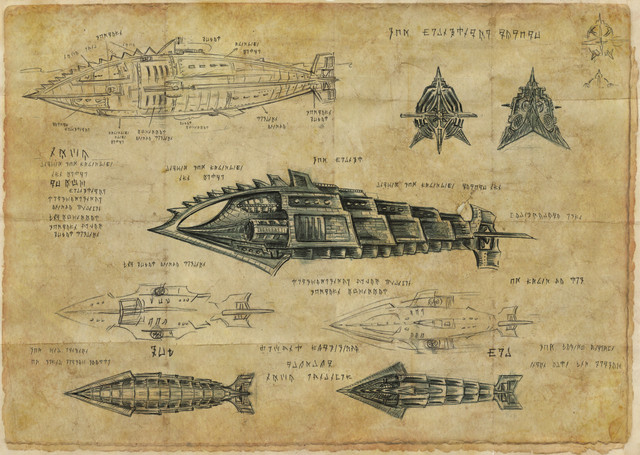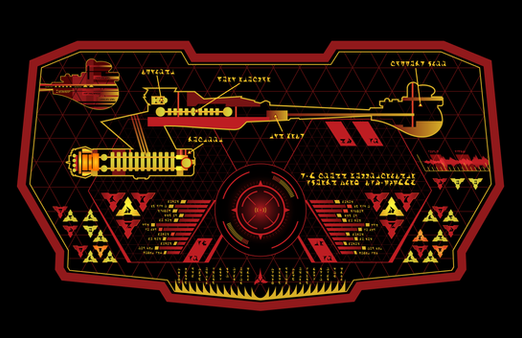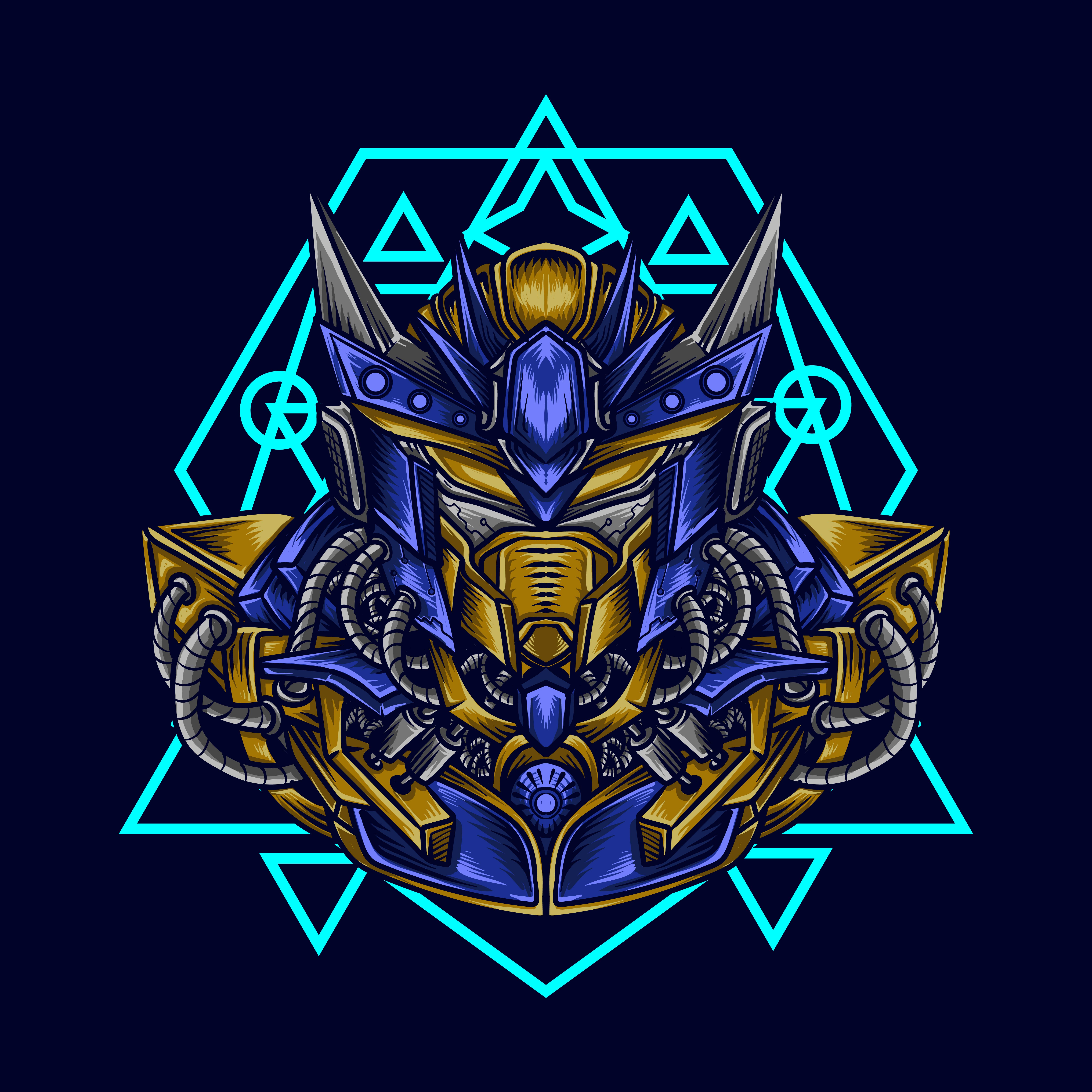HOME | DD
 Spearhafoc — Martian Handling Machine
Spearhafoc — Martian Handling Machine

Published: 2013-11-18 04:56:30 +0000 UTC; Views: 7550; Favourites: 123; Downloads: 46
Redirect to original
Description
A Sarmak ( spearhafoc.deviantart.com/art/… ) Handling Machine from War of the Worlds (1898) by H.G. Wells.
Once again, I decided that Sarmak technology would be biomechanical in nature, so this draws heavily from H.R. Giger.
"At first I scarcely noticed the pit and the cylinder, although it has been convenient to describe them first, on account of the extraordinary glittering mechanism I saw busy in the excavation, and on account of the strange creatures that were crawling slowly and painfully across the heaped mould near it.
The mechanism it certainly was that held my attention first. It was one of those complicated fabrics that have since been called handling-machines, and the study of which has already given such an enormous impetus to terrestrial invention. As it dawned upon me first, it presented a sort of metallic spider with five jointed, agile legs, and with an extraordinary number of jointed levers, bars, and reaching and clutching tentacles about its body. Most of its arms were retracted, but with three long tentacles it was fishing out a number of rods, plates, and bars which lined the covering and apparently strengthened the walls of the cylinder. These, as it extracted them, were lifted out and deposited upon a level surface of earth behind it.
Its motion was so swift, complex, and perfect that at first I did not see it as a machine, in spite of its metallic glitter. The fighting-machines were coordinated and animated to an extraordinary pitch, but nothing to compare with this. People who have never seen these structures, and have only the ill-imagined efforts of artists or the imperfect descriptions of such eye-witnesses as myself to go upon, scarcely realise that living quality.
I recall particularly the illustration of one of the first pamphlets to give a consecutive account of the war. The artist had evidently made a hasty study of one of the fighting-machines, and there his knowledge ended. He presented them as tilted, stiff tripods, without either flexibility or subtlety, and with an altogether misleading monotony of effect. The pamphlet containing these renderings had a considerable vogue, and I mention them here simply to warn the reader against the impression they may have created. They were no more like the Martians I saw in action than a Dutch doll is like a human being. To my mind, the pamphlet would have been much better without them.
At first, I say, the handling-machine did not impress me as a machine, but as a crablike creature with a glittering integument, the controlling Martian whose delicate tentacles actuated its movements seeming to be simply the equivalent of the crab's cerebral portion."
"And while upon this matter of detail, it is remarkable that the long leverages of their machines are in most cases actuated by a sort of sham musculature of the disks in an elastic sheath; these disks become polarised and drawn closely and powerfully together when traversed by a current of electricity. In this way the curious parallelism to animal motions, which was so striking and disturbing to the human beholder, was attained. Such quasi-muscles abounded in the crablike handling-machine which, on my first peeping out of the slit, I watched unpacking the cylinder. It seemed infinitely more alive than the actual Martians lying beyond it in the sunset light, panting, stirring ineffectual tentacles, and moving feebly after their vast journey across space."
"When I looked again, the busy handling-machine had already put together several of the pieces of apparatus it had taken out of the cylinder into a shape having an unmistakable likeness to its own; and down on the left a busy little digging mechanism had come into view, emitting jets of green vapour and working its way round the pit, excavating and embanking in a methodical and discriminating manner. This it was which had caused the regular beating noise, and the rhythmic shocks that had kept our ruinous refuge quivering. It piped and whistled as it worked. So far as I could see, the thing was without a directing Martian at all."
"Except for the pale glow from the handling-machine..."
"I looked up and saw the lower surface of a handling-machine coming slowly across the hole. One of its gripping limbs curled amid the debris; another limb appeared, feeling its way over the fallen beams. I stood petrified, staring. Then I saw through a sort of glass plate near the edge of the body the face, as we may call it, and the large dark eyes of a Martian, peering, and then a long metallic snake of tentacle came feeling slowly through the hole."
"In the triangle of bright outer sunlight I saw the Martian, in its Briareus of a handling-machine"


























